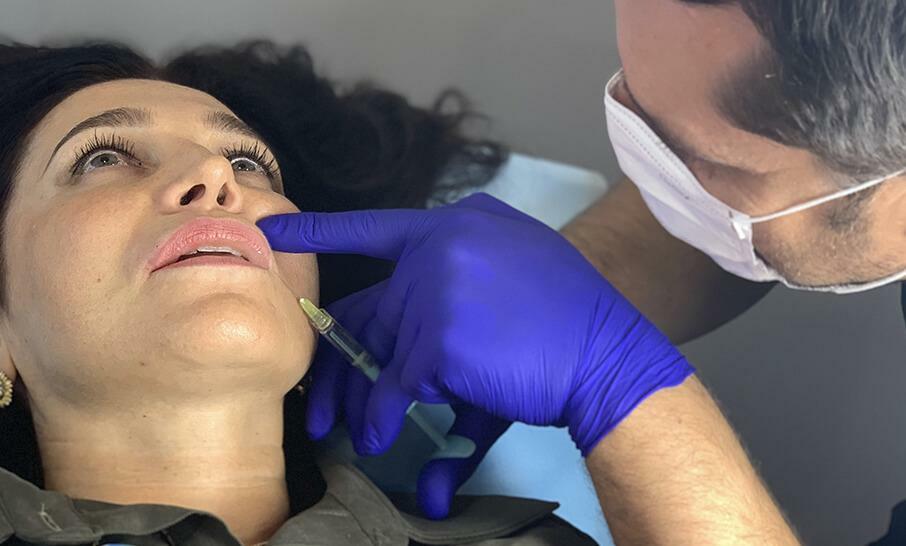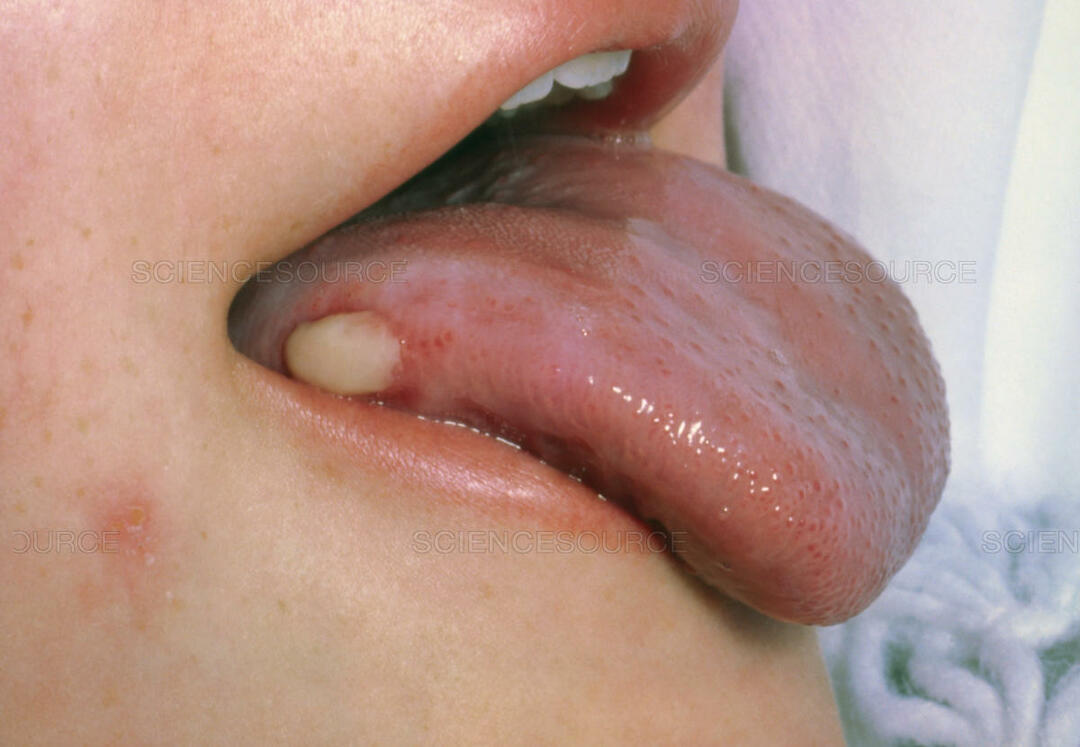Cramping pains in the lower abdomen in women on the left of the cause, cramping
If pain is felt in the lower abdomen in the form of contractions, then this only indicates that there is a powerful contraction of the muscles of the organs that are in this area of the body. The muscles of all the hollow organs do not stop contracting in order to maintain their natural tone for the sake of performing all functions in the body. And if this condition is not painful, if there is no pathology, then a person in a normal state never feels these contractions. For example, in a healthy woman, the fallopian tubes, which propel the mature egg forward, may contract. And if there are contractions, then this indicates some serious violation, for example, a blockage of the intestine with hardened feces or ureter stones. In this case, the human condition is extremely dangerous and requires immediate action. If this symptom has just appeared, you cannot delay, since we can talk about saving a life.

Cramping pains in the lower abdomen in women
Content
- 1 Causes of pain
- 2 Cramping abdominal pains on the left and right
- 3 Cramping pain with renal colic and dysentery
- 4 Disruption of the normal course of pregnancy
- 5 Pain in the form of contractions when a myomatous node occurs
-
6 Diagnostics and treatment
- 6.1 Video - Cramping pains in the lower abdomen in women
Causes of pain
Pain in the form of contractions, manifested in the lower abdomen, indicates the presence of a serious pathology. Similar diseases occur in the digestive system, in many urinary organs. There are several types of causes of this pain.
-
Inflammation of the appendix. In this case, severe pain occurs, the source of which is virtually impossible to immediately determine. It can manifest itself in the intestines, give to the lower back, or be localized in the groin. In addition to this kind of pain, you can trace how the body behaves, what other symptoms are tormenting the patient. With appendicitis, there is often nausea and dizziness, general weakness and chills with fever.

Inflammation of the appendix (appendicitis)
-
Bowel obstruction. She can show herself unexpectedly. In addition to pain, the abdomen is strongly swollen, and the patient suffers from constipation. Cramping pains of an acute nature continue until the stool returns to normal and the intestines work in the same mode.

Classification of intestinal obstruction
-
Urolithiasis disease. In this case, urine does not come out naturally and is retained in the bladder due to obstruction of the ureters. Along with cramping pains, the patient constantly wants to use the toilet, but these urges are ineffectual. Without medical intervention, urination is impossible in this situation.

Classification of urolithiasis
-
Abortion. In this case, contractions can occur, which occur during normal childbirth.

Abortion methods
-
Inguinal hernia problem. If it is pinched, pain immediately arises, which is felt constantly. The person suffers from frequent vomiting and also feels an upset stomach.

Inguinal hernia in women - a problem with it can be the cause of cramping pains in the lower abdomen
These are the main reasons that provoke pain of this nature. Doctors forbid at the same time to be treated on their own. If the pain manifests itself in the form of contractions, this already speaks of a rather serious condition of the body and of serious diseases, which are almost impossible to cure without the intervention of specialists. The selection of medicines incorrectly, without a lack of medical knowledge, often leads to an instant deterioration in the condition, and even to death.
Cramping abdominal pains on the left and right
If pain manifests itself in the abdomen on the left side, then the problem may be hidden in the organ system responsible for urine flow and sexual function. For example, ovarian cyst in itself may not be ill, may not manifest itself at all in life. But if her leg is twisted, the pain will be the same as during labor pains. In this case, vomiting and a fairly high temperature are quite possible. To get rid of the pain, you need to perform an operation to remove the cyst, since otherwise it is simply impossible to cure such an ailment.

Ovarian cyst - twisting it is fraught with cramping pains in the lower abdomen, similar to those that occur during childbirth
Pain in the lower left groin often shows the presence inflammation of the uterine appendages. The pain develops on its own, intensifies when you press on the sore spot. Another striking symptom is fever. A woman with such pain cannot walk, so it is better to immediately go to an ambulance and not wait until the condition becomes completely critical.

Inflammation of the uterine appendages
The left is manifested by pain and ectopic pregnancy, although the sensations can be two-sided. The sensations intensify when there are loads on the body, even during normal walking. And in a calm state, cramping pains subside a little. If at the same time the fallopian tube received a rupture, the pain will come instantly, it will be acute.

Risk factors for ectopic pregnancy
The cause of such pain can be intestinal inflammation on the left side. At first, the pain will not be strong along with stool disturbance, so you can take herbal preparations and try not to eat heavy meals, which will only increase the inflammation. It is worth giving up black bread, spicy dishes, hot spices and dairy products. If the condition does not improve, pain in the form of contractions may occur, and this symptom is a signal that it is not worth delaying the visit to the doctor any longer.

Intestinal inflammation
As for the pain on the right side, this suggests that small intestine affected either started pathological processes in the genitourinary organs. This and disease of the uterine appendageson right, ovarian inflammation and problems with the fallopian tube. The pain can also spread to the back area, so the kidneys should not be overlooked, the diseases of which are often associated with diseases of the osseous part of the genitourinary system.
Along with appendicitis, volvulus of the cecum. It also occurs with diseases of the esophagus, which are chronic. In this case, prolonged pain can manifest itself in the intestinal region. There is a strong loosening of the stool. Along with this, there is also pronounced bloating due to gases inside. As soon as it happens volvulus, a short time after the first painful symptoms appear, prolonged vomiting begins with unpleasant sensations in the intestines and stomach. She can torment for too long, even a whole day. And after all, fecal masses, which have lingered in the intestines, can begin to come out through the esophagus.

Schematic representation of volvulus of the small intestine
When establishing a diagnosis, the doctor will certainly ask not only about which side of pain is felt, but also about their strength and frequency. Diagnosis with intense muscle contractions should occur immediately, since often diseases with such a symptom require urgent surgery. It is necessary, since the patient herself often cannot say with certainty exactly where the source of the lesion is. Pain from the groin can go to the thighs, also to the sacrum, or periodically appear in the rectum.
In addition, other symptoms, as well as those diseases that have occurred in the past, should not be overlooked. They could all this time have a sluggish character and aggravate at the wrong time. The doctor always asks if there are chronic diseases.

During the examination, the doctor always collects an anamnesis of the disease.
Cramping pain with renal colic and dysentery
Such pain occurs when kidney disease. It is often characterized as a manifestation of renal colic. If in the genitourinary system there are stonesthen very soon they will start moving. Large stones will not pass through the narrow ureter, get stuck and clog the entire passage, preventing urine from being expelled from the body. The consequence of this is a debilitating pain localized in the abdomen below. It will hurt the patient not only to walk, but even to sit. And lying is generally unbearable. There may be frequent urge to vomit, but after emptying the stomach, there will not be a fraction of relief - the pain will remain in place.
These attacks come on very suddenly and cannot be prepared for. Sometimes they manifest themselves during stress on the body, but they are also characteristic during a night's rest or just a state of rest. Sometimes they are expressed at a time when the patient drank a lot of fluids or ate salty foods. The pain, sometimes cramping, but also at certain intervals and cutting, subsides over time, and then aggravates again. At the same time, patients can rush about on the bed, involuntarily looking for a more comfortable position in order to alleviate their condition. The pain spreads throughout the abdomen and back, sometimes it can cover the external genitals of women. Its greatest intensity occurs in the abdomen, not where the kidneys are located. In addition to pain, I constantly want to go to the toilet, but the urge does not give results.

Bladder stones
Dysentery is an infectious disease and is manifested by the fact that it hurts quite intensely stomach during bowel movements, and cramping sensations appear even in a state of complete rest body. Dysentery can be detected not only by the pain symptom, but also by the number of times a person goes to the toilet. If the stool occurs more than 5 times per day, then there is a suspicion of a disease. In addition, diarrhea comes out with blood cells, and often mucus. The temperature rises and the person feels general weakness.

Dysentery (shigellosis)
Important! Dysentery is a contagious disease, so early detection will protect everyone around you and prevent an epidemic. The disease can be triggered by communication with street animals, as well as the use of dirty or unwashed dishes. In general, the root causes are dirty hands and lack of personal hygiene.
Disruption of the normal course of pregnancy
The calm course of pregnancy is not expressed by pain or discomfort. If before 9 months the stomach begins to seize, then this is a suspicion of termination of pregnancy. Before this, aching pains may appear, pulling and exhausting in the very lower abdomen, which at the same time are given to the sacrum. If, after this, contractions begin, discharge with blood in the vaginal area is shown, then this indicates that the ovum has begun to exfoliate. If you do not go to the hospital immediately and do not start intensive treatment, you can lose your child. At this stage, it is quite possible to prevent self-abortion and keep the fetus alive.

In the normal course of pregnancy until the ninth month, there should be no cramping pains in the lower abdomen
Such termination of pregnancy is life-threatening for the mother herself, because severe bleeding can begin, and the woman can die from profuse blood loss. Also, after self-abortion, blood stasis, parts of the ovum are inside the uterus. If the uterus is not cleaned, removing all unnecessary, then it can become very inflamed, or even fester. The result is endometritis, which is still being treated. And in the worst case, the uterus can break through, pus will come out into the abdominal cavity. Or it will enter the bloodstream, causing infection and intoxication. With cramping pains, you need to be hospitalized immediately in order to save your life.
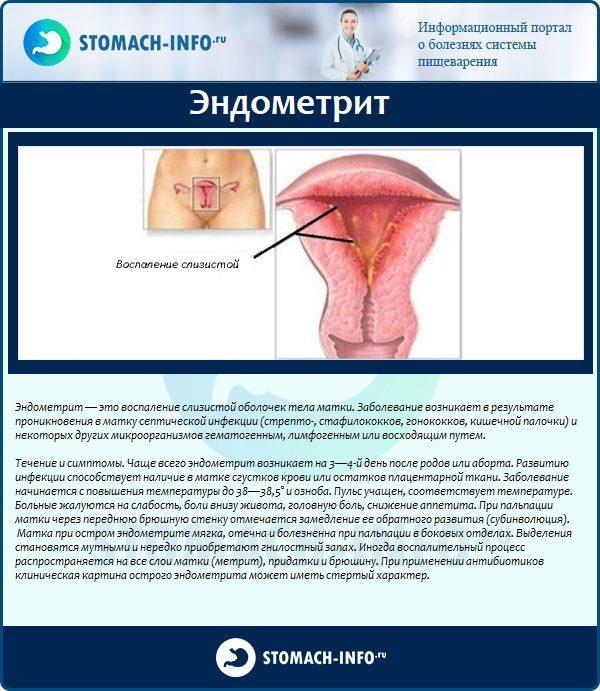
Endometritis is one of the causes of cramping pain in the post-abortion or postpartum periods
With an ectopic pregnancy, pain may appear, indicating that something went wrong. If the egg does not enter the uterus and remains in the fallopian tube, then such a pregnancy is not considered normal and cannot develop. Indeed, as a result of the growth of the fetus, the tube will simply rupture, or the ovum will undergo a tubal abortion. During the process of this tubal abortion, which can even take several weeks, it is not an instant miscarriage that occurs, but a slow detachment of the egg. At the same time, the woman experiences pain such as during labor. At the same time, a bloody thick fluid is released from the vagina, as with menstruation. This can be a little confusing and misleading for a diagnosis. But if menstruation has recently been, then such a symptom should alert.
Interesting fact! In the history of medicine, there have been cases when an ectopic pregnancy occurred along with a normal, healthy one. Fertilization can also occur in two tubes at the same time. But these are rare occurrences.

Places of localization of ectopic pregnancy
A tubal abortion is dangerous because severe muscle spasms can rupture the fallopian tube, and this will cause bleeding that cannot be stopped without the intervention of doctors. Those who have already suffered an ectopic pregnancy need to be especially attentive to themselves, as it may recur. Chronic, long-term illnesses, which are sometimes exacerbated and untreated, can create adhesions inside the fallopian tube and also cause a similar condition. Some contraceptive drugs negatively affect the muscles of the uterus and the condition of its tubes, so they should be taken with caution and not used until the doctor approves.
Pain in the form of contractions when a myomatous node occurs
The emergence myomatous node characterized by cramping pains. This condition is very similar to the usual contractions that occur during the birth process. At this time, the uterus begins to work hard, to contract the muscles, trying with all its might to get rid of the internal tumor. The myomatous node itself looks like a neoplasm that rests on a pedicle. Often, nodes do not occur deep in the uterus, but very close to the cervix. At the time of the formation of a build-up, women have a severe stomach ache, discharge with blood comes out. The pain spreads to all the genitals, which are outside, also to the rectum, and even to the sacrum.

Types of myomatous nodes at the place of formation
You can get rid of the myomatous node by surgery. Moreover, it will be done exclusively under general anesthesia. If you start an ailment, then a painful shock may occur or bleeding may occur, due to which you can lose too much blood and die without even reaching the hospital. To prevent the appearance of such a node, you need to check with a gynecologist from time to time. Then there will be an opportunity to learn about the appearance of neoplasms at a very early stage. Such frequent diagnostics will help keep the uterus intact and not resort to emergency surgery.

The operation to remove the myomatous node is done exclusively under general anesthesia
In addition to pain, you can also learn about the myomatous node by the abundant menstruation, during which the stomach hurts not as always, but much stronger. In addition, the bladder may malfunction, and the process of urination is disrupted. Constipation may also occur. Sometimes it happens that pathological changes in the uterus do not manifest themselves in any way. That is why frequent or at least regular examination for women is simply a must. Such examinations will prevent the development of cancer and help to cope with the nodes in the uterus at their earliest stages.
At risk are those women who have never given birth and who are over 30 years old. Also, those who are overweight or have a generic predisposition to the occurrence fibroids. All sorts of hormonal disorders are also an alarming warning, as they often provoke benign growths. It is worth checking more often women with irregular menstruation, since such a harmless violation can subsequently lead to serious illness. If known about availability ovarian cysts, it is worth treating them, as well as checking the condition of the uterus, since it is obvious that the body is prone to the appearance of tumors. Weakening of immunity can malfunction in various areas of the body, including in the female organs. This condition is also unsafe and requires periodic examinations.

Phases of the menstrual cycle - their violation should be a reason for examination by a gynecologist
Attention! In the presence of a myomatous node, you must carefully monitor the diet. The diet should not contain fatty foods, hot spices. It is advisable to limit salt intake. You can not overheat in the sun and go to the solarium, go for a massage.
Diagnostics and treatment
In order to avoid all sorts of complications and prevent the development of a life-threatening condition, when cramping pains appear you need to immediately contact specialists who can diagnose it more accurately, identify the true causes and immediately produce the right treatment. Women in the first place can immediately go to a gynecologist to exclude the possibility of an ectopic pregnancy, various diseases and inflammation of the internal genital organs.
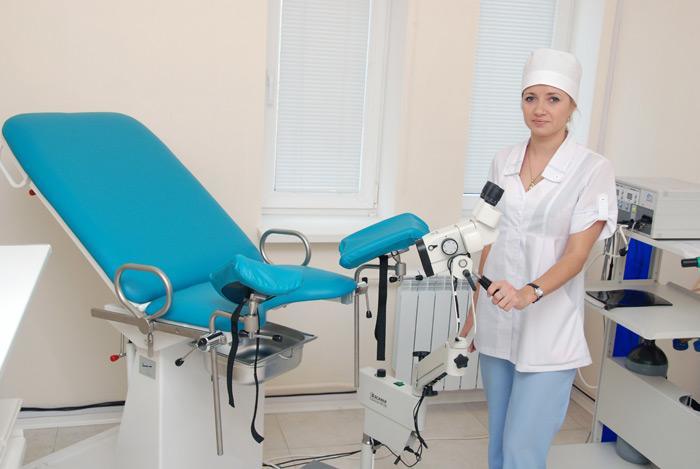
Women with cramping pain in the lower abdomen should immediately consult a gynecologist
It is unlikely that a person without medical education will be able to make a diagnosis on his own. In addition, with severe pain, it is impossible to think adequately. Many recommend modern methods of diagnosing diseases, which, with a certain percentage accuracy can immediately characterize the state of certain organs and help determine disease.
Table. The most famous and commonly used diagnostic methods.
| Method | Accuracy of disease detection |
|---|---|
 Ultrasound |
50-60% |
 Analysis of urine |
70-80% |
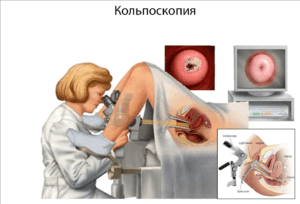 Colposcopy |
80-90% |
 Blood test |
Up to 95% |
On ultrasound, you can distinguish a change in the shape of internal organs, as well as see their general condition, inflammatory processes. A blood test shows a change in the chemical components in the body and gives the most complete picture of which organs are currently affected the most. If the pain that pesters the patient is on the right or on the left side, then colposcopy is often prescribed. This is a diagnosis that requires high qualifications of a medical specialist who will carry out this procedure.
Self-diagnosis makes sense in some cases. But if the cramping sensations began to intensify, then it makes no sense to continue digging on the Internet or look for some reason, or take dubious medications. It is best in this case to immediately call an ambulance for professional assistance. It's not worth joking with health, since sometimes negligence towards oneself and vivid symptoms indicating the presence of a serious pathology leads to death.

Ambulance - this is where women should contact if they experience severe cramping pains in the lower abdomen
If the pain is tolerable and intermittent, you can go to a therapist to examine and even then give a referral to one or another specialist of a narrower direction. Often, women are immediately recommended to go to a gynecologist, as always with pain in the lower abdomen and cramping attacks, there is a suspicion that the problem may be hiding in the inflammation of the reproductive organs. If pains of an increasing nature appear somewhere in the middle of the abdomen or closer to the navel, then there may be a problem in the intestines or bladder. Sensations that spread to the back area also speak of a violation of the urinary system. Then you must definitely see a urologist. Or a gastroenterologist, if, in addition to pain, severe nausea or vomiting is periodically shown. The more specialists examine the patient, the better it will be, since it will be possible to exclude certain diseases in order to understand the true cause of the cramping pains.

